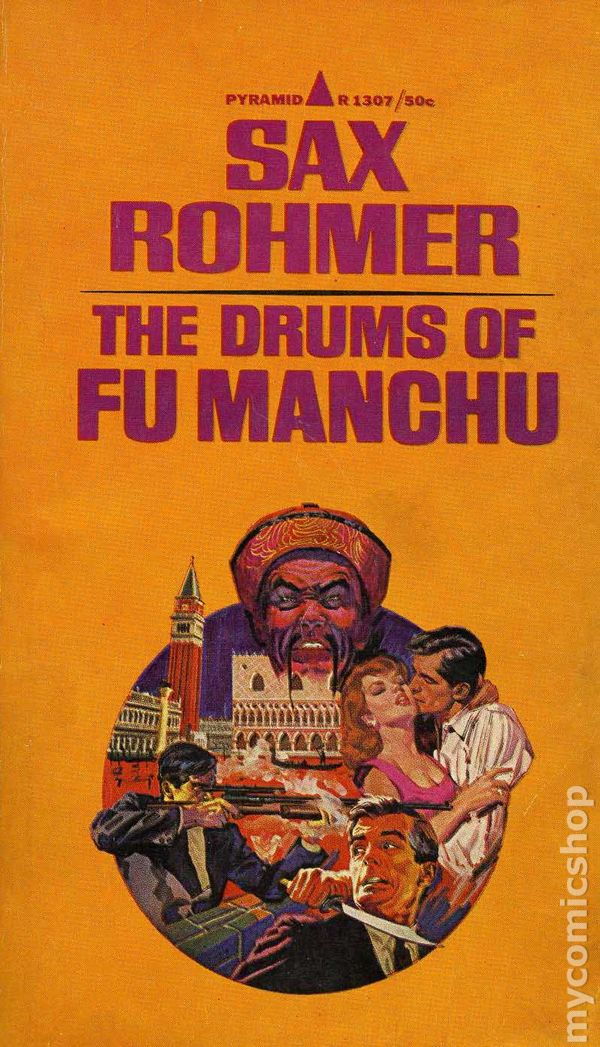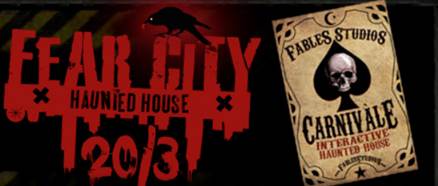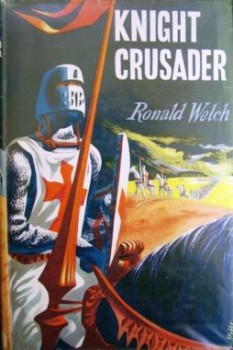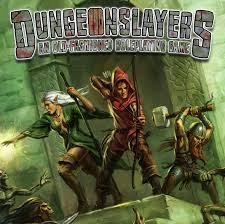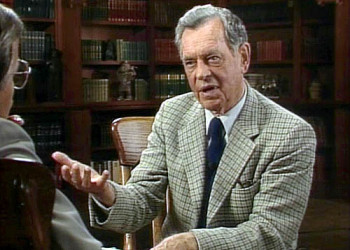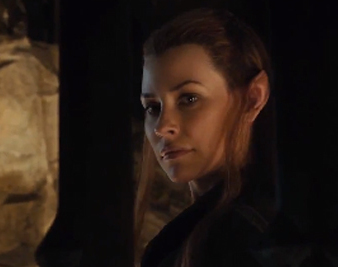“Aren’t You a Little Short for a Stormtrooper?” Or, How to Describe Characters
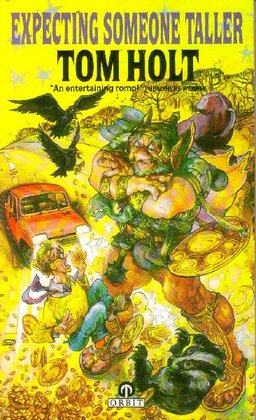 As it happens, this line isn’t needed where it appears. We’re watching a movie and we can see for ourselves how tall Luke Skywalker is.
As it happens, this line isn’t needed where it appears. We’re watching a movie and we can see for ourselves how tall Luke Skywalker is.
But imagine that we’re reading the screenplay or a novel. That one line tells us quite a bit. That troopers are usually tall. That Luke isn’t.
For a really brilliant example of how this works in a novel, consider Tom Holt’s Expecting Someone Taller. Without even opening the book, readers immediately know something about the main character’s appearance: he’s shorter than anyone expects.
I thought I was finished with exposition in my last post – or as finished as a writer ever is when talking about the elements of writing. But then I realized that, in a way, description is a particular form of exposition, just as necessary, and just as likely – yes, I’ll say it – to be skipped, or at least skimmed, by readers if it’s too long.
And description, like other forms of exposition, carries its own peculiar difficulties. What I’d like to talk about this week is how characters, especially main characters, are described. You know, what they look like, not their personalities.
[Aside: Is a fictional character an object? In giving them human characteristics, are we indulging in personification?]

